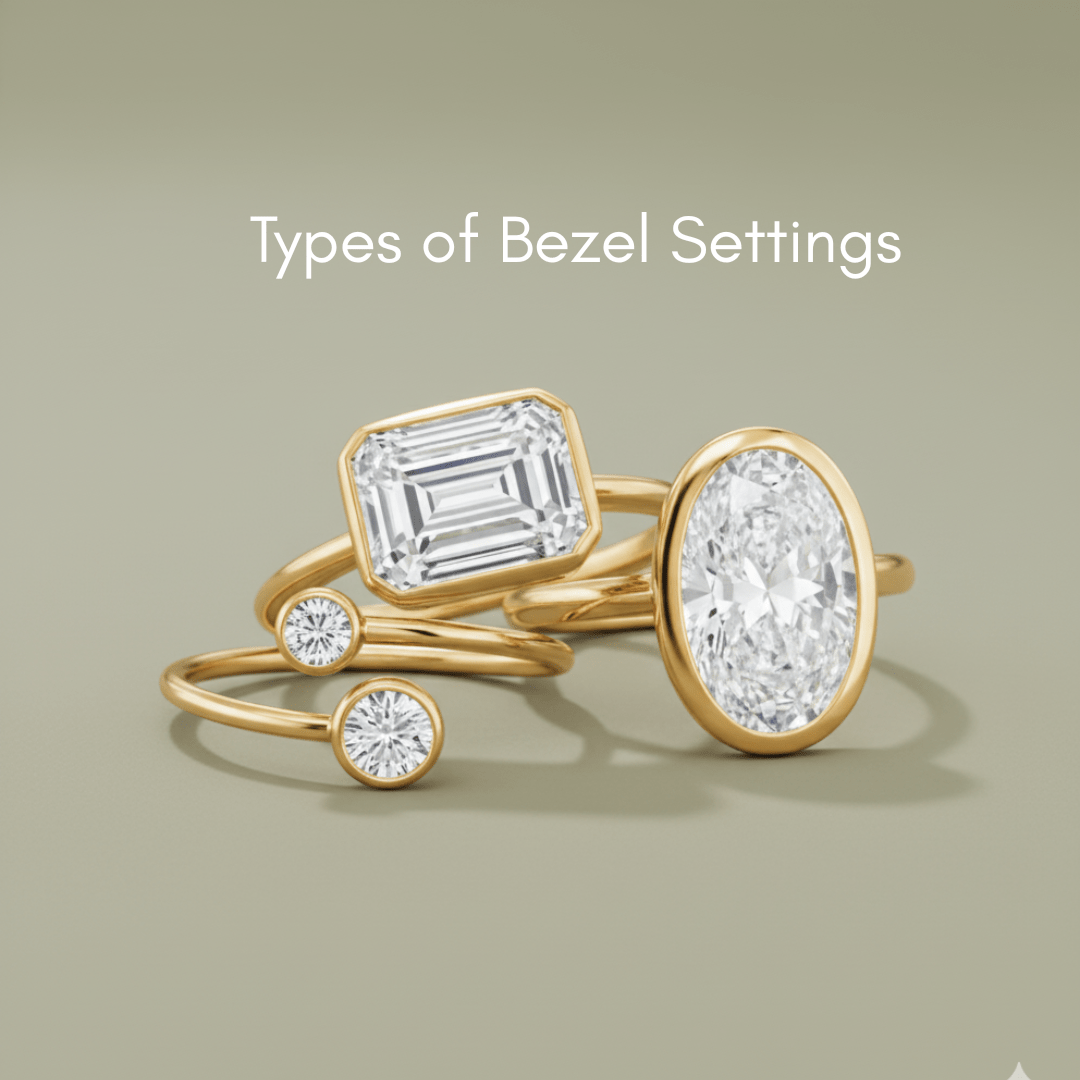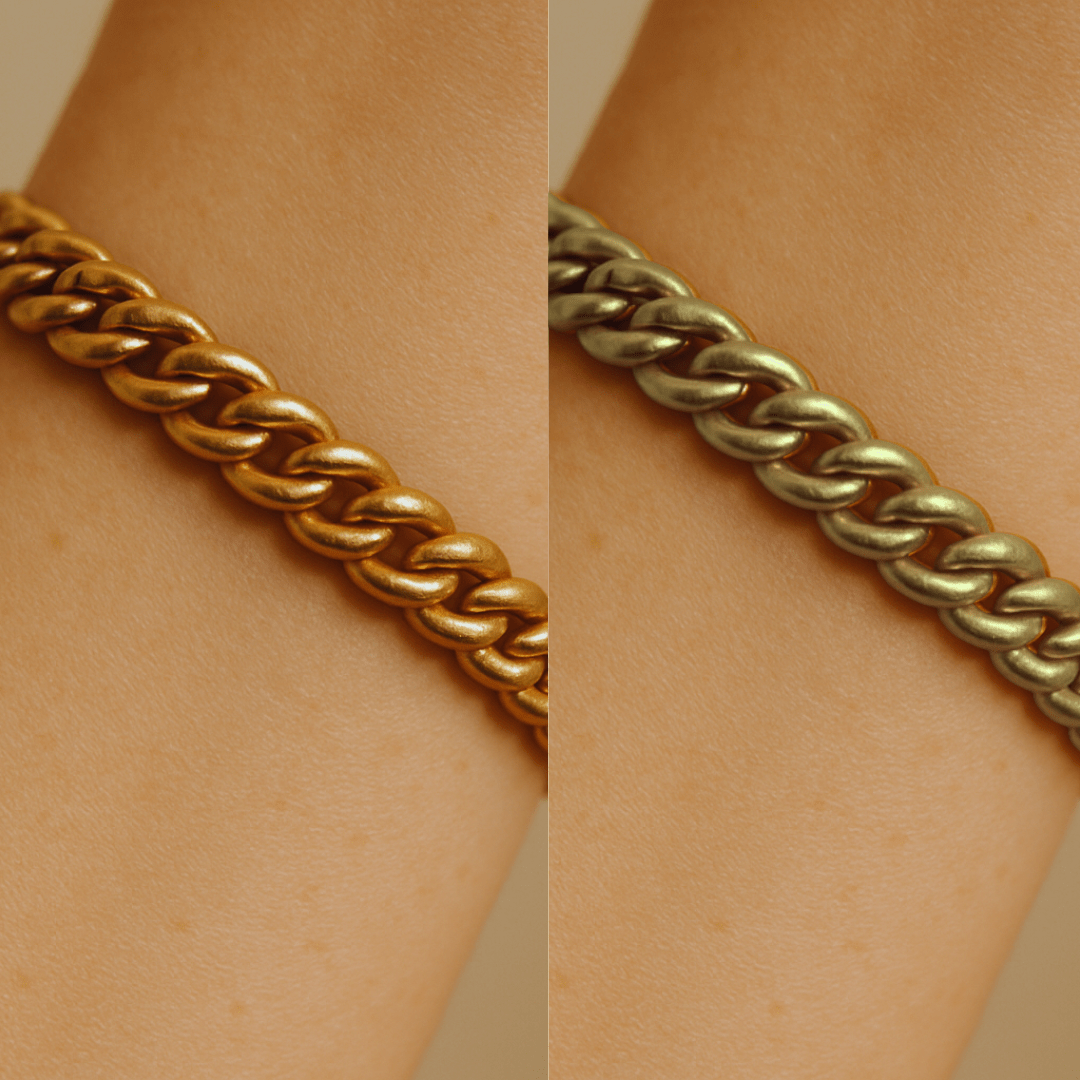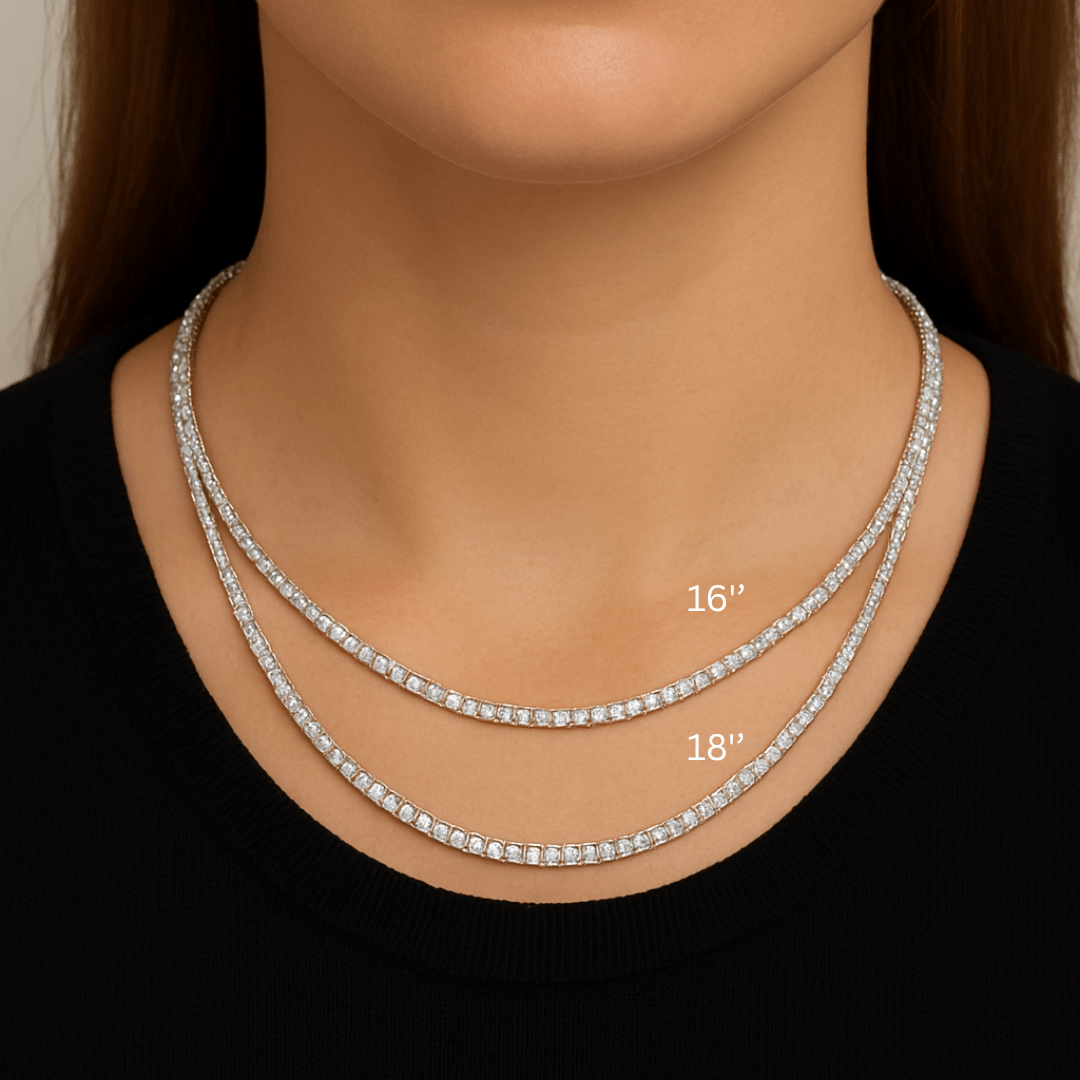- What Exactly Are Lab-Grown Diamonds?
- Lab-Grown vs. Mined Diamonds
- How Are Lab-Grown Diamonds Made
- Understanding Lab-Grown Diamond Quality
- How Much Do Lab-Grown Diamonds Cost?
- Why Go Lab-Grown? The Benefits Summarized
- The Future of Diamonds?
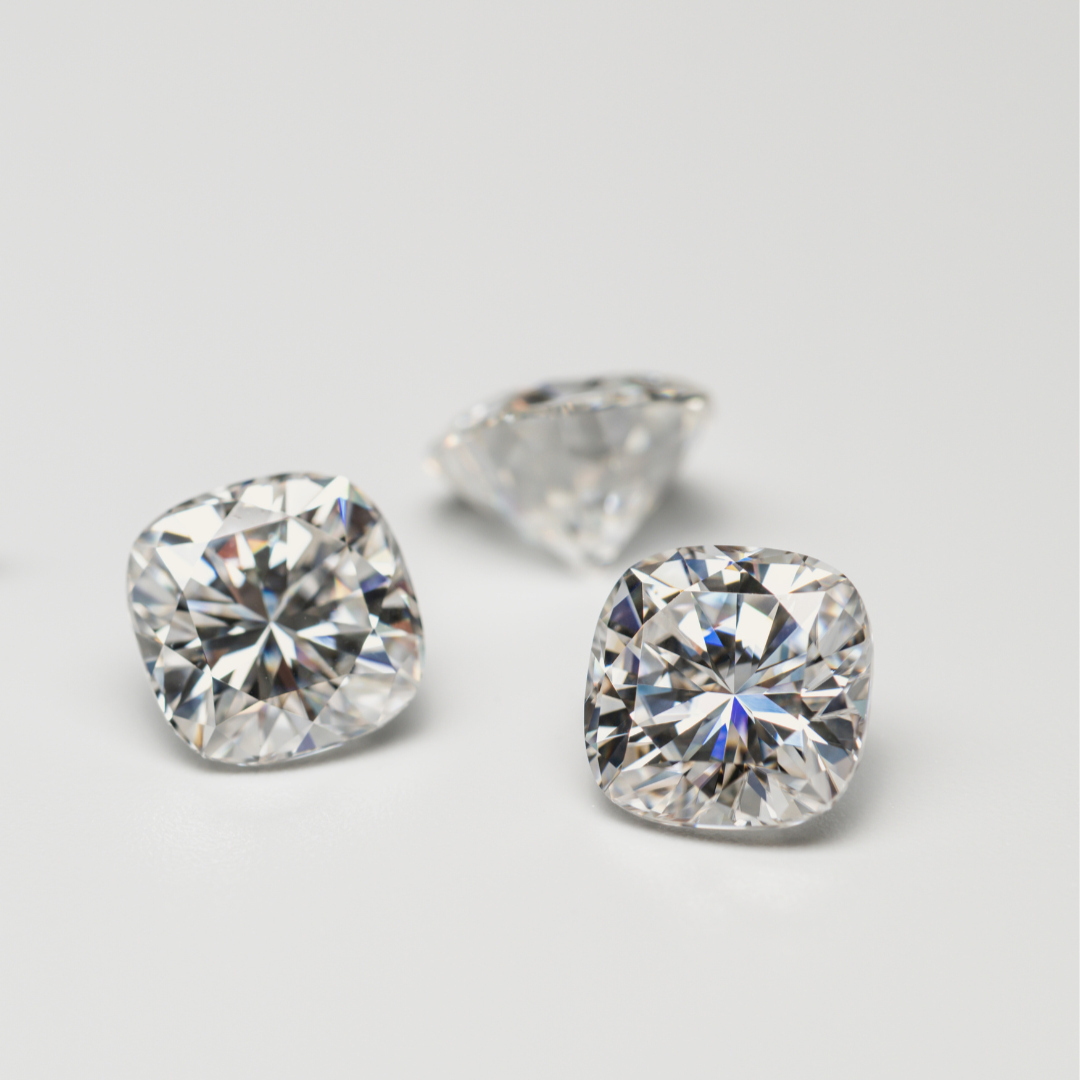
What Exactly Are Lab-Grown Diamonds?
Lab-grown diamonds are 100% real diamonds. Not imitations or simulants.When you look at a lab-grown diamond under a microscope, you will see the same carbon crystal structure as a natural diamond. They have the same hardness (10 on the Mohs scale) as natural diamonds. Lab diamonds also have the same fire, sparkle, and chemical makeup as earth-made diamonds.
The only difference is their origin. Lab diamonds are made in a lab instead of forming over billions of years underground. Advanced technology is used to mimic nature's process. Think lab as a mini Earth mantle.
Lab‑Grown vs. Mined Diamonds
| Factor | Lab‑Grown Diamonds | Mined Diamonds |
|---|---|---|
| Origin | Created in a laboratory | Formed naturally in the Earth mantle over billions of years |
| Chemical & Physical Properties | 100% carbon, 10/10 hardness | 100% carbon, 10/10 hardness |
| Appearance | Same brilliance, fire, and sparkle | Same brilliance, fire, and sparkle |
| Cost | 30‑60% less expensive | Hefty pricing |
| Environmental Impact |
– 0% land disruption – 70 L/per ct approx. – Much less (even less with renewable energy) |
– Nearly 100 sq.ft./per ct – 480 L/per ct approx. – Variable energy consumption |
| Ethical Considerations | Guaranteed conflict‑free | Tricky (even with Kimberley Process) |
| Rarity | Created as needed | Naturally limited supply |
| Resale Value | Lower than natural (currently) | Higher resale value |
Here’s how lab-grown diamonds stack up against simulants (aka Moissanite/Cubic Zirconia) :
Lab‑Grown Diamond vs. Diamond Simulant
| Characteristic | Lab‑Grown Diamond | Diamond Simulant (CZ/Moissanite) |
|---|---|---|
| Chemical Composition | Pure carbon crystal | Different materials (not carbon) |
| Hardness | 10/10 (Mohs scale) | Lower (CZ: 8‑8.5, Moissanite: 9.25) |
| Sparkle | Identical to mined | Similar but distinctive differences |
| Longevity | Forever | May cloud or scratch over time |
| Heat Handling | High (like mined) | Low |
| Detection | Requires specialized equipment | Easily identifiable |
How Are Lab-Grown Diamonds Made? Let’s Break It Down
There are 2 main methods to create lab-grown diamonds: HPHT and CVD. Let’s break down each process in simple words.
Both processes start with a diamond seed—a tiny sliver of natural diamond (smaller than a grain of sand).
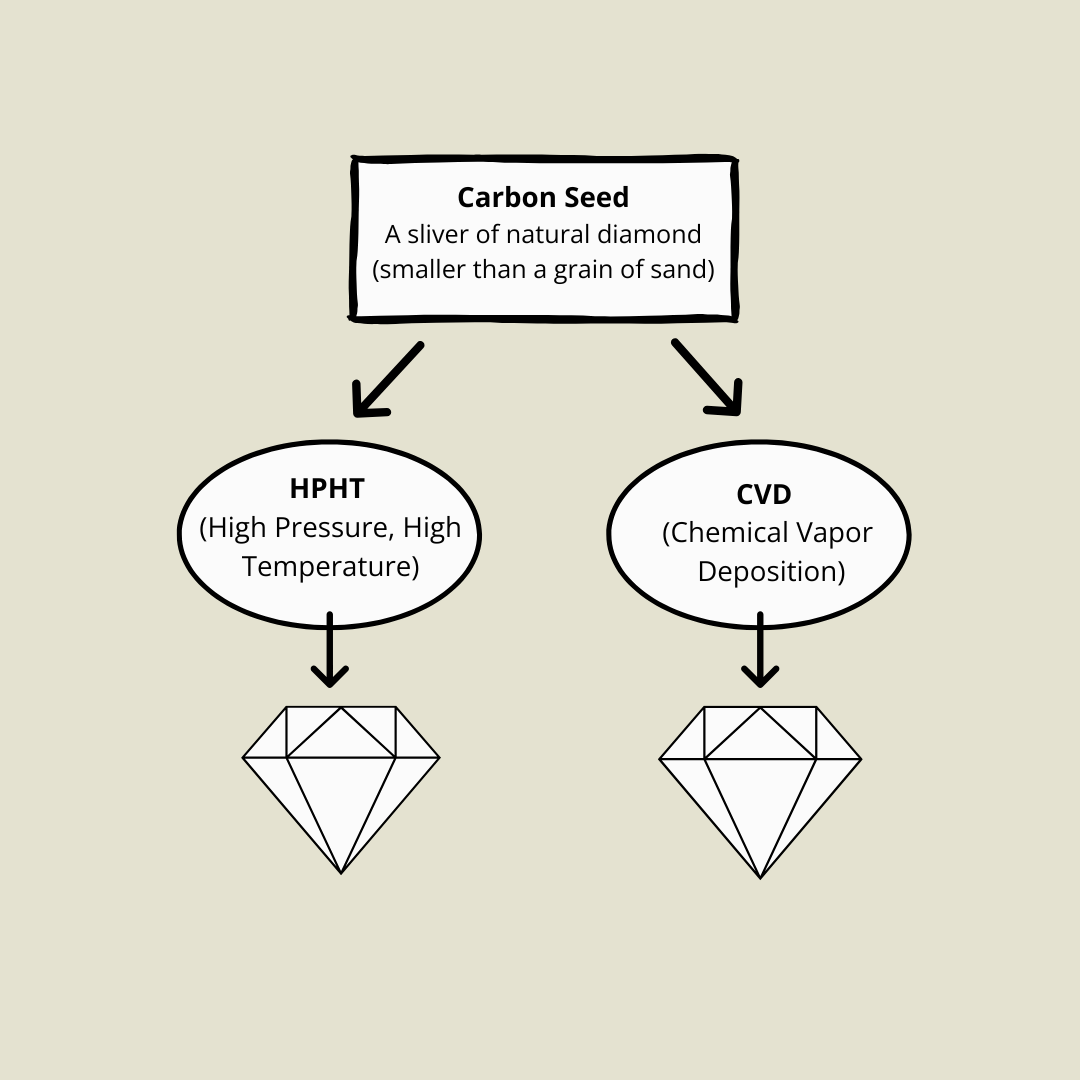
Method 1: HPHT (High Pressure, High Temperature)
This replicates Earth’s natural diamond-forming process, but faster:
l Carbon + Seed: The seed is placed in pure carbon.
l Extreme Conditions: Exposed to 1.5 million PSI of pressure and 2,700°F heat (similar to Earth’s mantle).
l Formation: Carbon melts, bonds to the seed, and cools into a rough diamond crystal.
TL;DR: Squish + sizzle = diamond.
Method 2: CVD (Chemical Vapor Deposition)
This one is a more modern approach, like building a diamond atom by atom:
l Sealed Chamber: The seed is placed in a controlled environment.
l Carbon Gas: The chamber is filled with carbon-rich gases (like methane).
l Energy Activation: Gas is ionized, breaking down molecules so carbon atoms attach to the seed layer by layer.
TL;DR: Gas + glow-up = diamond.
The cut refers to how well a diamond’s facets interact with light. A high-quality cut maximizes brilliance (brightness), fire (flashes of color), and scintillation (sparkle). Lab-grown diamonds are cut with the same precision as mined diamonds, with popular shapes including round, princess, and emerald.
Diamond color is graded on a scale from D (colorless) to Z (light yellow/brown). Lab-grown diamonds typically fall in the near-colorless range (G-H)—virtually white to the naked eye but priced more accessibly than rare “D-F” grades.
Clarity measures internal imperfections (inclusions) and surface flaws (blemishes). Lab-grown diamonds often have fewer inclusions due to their controlled growth environment. Grades go from Flawless (FL) to Included (I3). Most lab-grown stones fall into the VVS (Very, Very Slightly Included) range. Their flaws are not visible without magnification.
Carat is the diamond’s weight (1 carat = 0.2 grams). Lab-grown diamonds offer larger carat sizes at lower costs compared to mined stones, making them ideal for buyers prioritizing size without compromising quality.
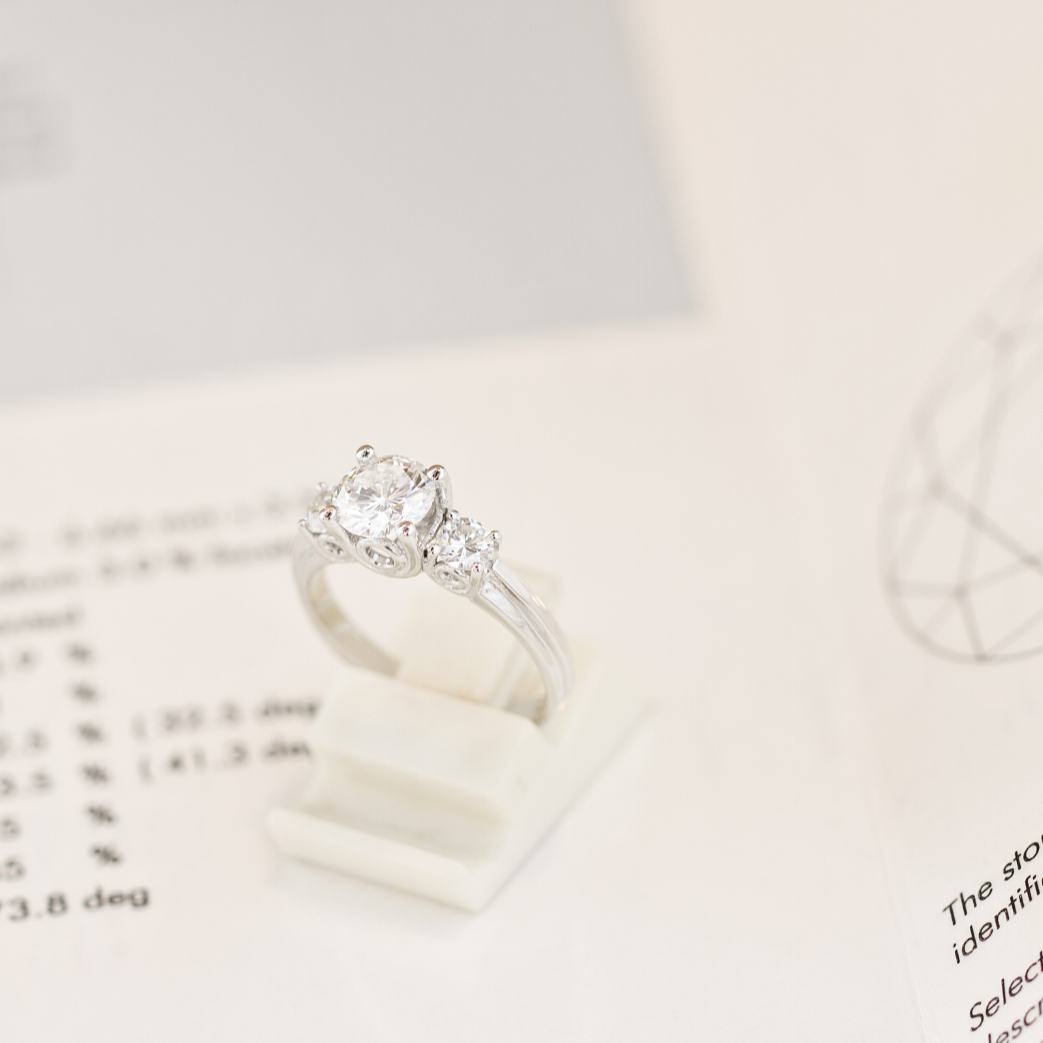
Why Certification is Non-Negotiable
Let’s be real: you wouldn’t buy a car without a title or a phone without a warranty. Same goes for diamonds. Always demand certification from top labs like IGI, GIA, or GCAL. It’s like your diamond’s DNA test proving:
- It’s a real diamond (not Cubic Zircona or Moissinaite in disguise)
- It’s lab-grown (no sketchy origins)
- The 4Cs are legit (no shady grades)
At Leonids, every diamond ships with full certification, so you get exactly what you paid for.
At Leonids, we offer only VVS clarity diamond jewelry. Each diamond is certified by IGI and set in high-quality recycled gold.
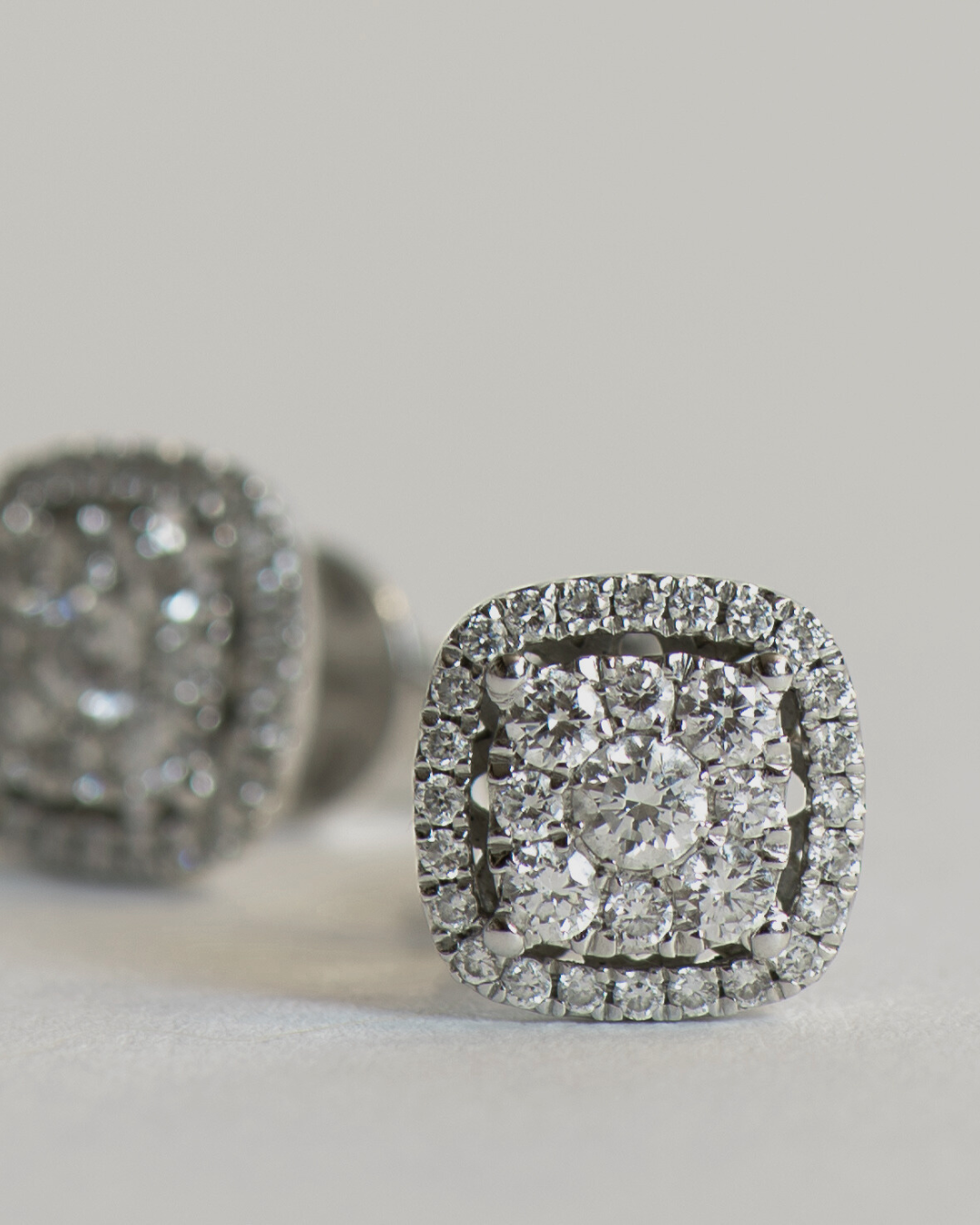
How Much Do Lab-Grown Diamonds Cost?
*Lab Diamonds Save You Serious Cash
OK, so how much do lab-grown diamond actually cost? Let’s talk numbers.
The best part about lab-grown diamonds is that it save you serious cash. Based on current market prices (2025), here's what you can generally expect:
1.0 carat
Lab-Grown Diamond: $460 – $1,400
Mined Diamond: $4,200 – $6,800
1.5 carat
Lab-Grown Diamond: $871 – $3,500
Mined Diamond: $8,500 – $13,000
2.0 carat
Lab-Grown Diamond::$1,220 – $5,500
Mined Diamond: $15,500 – $25,500
Note: Prices vary based on exact specifications, cut quality, and market conditions. Click here for real-time price.
At Leonids, we've got lab-grown diamond prices you just can't beat anywhere else, and the quality is top-notch too. Let's keep it real : unlike a lot of other brands out there, we sell straight from our factory to you. No middlemen, no extra markups driving up the price. But don't worry about quality! Every piece of diamond jewelry still has to pass our super high standards before it leaves our doors.
The Bottomline: Why Go Lab-Grown? The Benefits Summarized
✓ Real Diamonds, Period: Same sparkle, same science
✓ More Bang For Your Buck: Save 30-60% without sacrificing quality
✓ Easy on the Planet: Smaller eco-footprint than mined stones
✓ 100% Guilt-Free: No ethical worries - ever
✓ Future-Proof Choice: Where jewelry is headed
Overall they’re perfect for today’s values: beautiful, responsible, and wallet-friendly.
The Future of Diamonds? Lab-Grown is Leading
According to Forbes, lab-grown diamonds sales have jumped more than 20% each year as more people discover and warm up to them.
The technology keeps improving. This means better quality stones, more cool options like fancy colors, and faster production. All of that translates to better choices for you when you're shopping.
If you're part of a couple looking for rings, or just love beautiful jewelry and care about where it comes from, lab diamonds are the go-to. Lab diamonds give you that perfect mix of quality and peace of mind.
---
Recources:
https://4cs.gia.edu/en-us/blog/vvs-diamond-versus-vs-diamond/
https://www.pricescope.com/diamond-prices/lab-diamond-prices-chart/
---
About the Author: This guide was written by our in-house jewelry specialist Oggi with over 10 years of experience in precious metals and gemology. Our team regularly consults with master jewelers and metallurgists to ensure we provide the most accurate, up-to-date information on jewelry metals and trends.
Last Updated: May 2025
Collection list
Explore Related Topics
FAQs
Nope, not just by looking at them. Even expert jewelers can't spot the difference without some fancy equipment. They look exactly the same to the naked eye and even under a jeweler's loupe.
Yes, they do. Lab diamonds are just as tough as mined ones. They both score a 10/10 for hardness. Lab diamonds won't scratch easily, cloud up, change color, or break down over time.
They go by a few names: lab-created diamonds, cultured diamonds, man-made diamonds or engineered diamonds. But don't worry about the terminology. They’re all the same thing: real diamonds made in labs instead of mining from the ground.
It really depends on what you're after! If you care about ethics, environmental impact, and your wallet, then lab diamonds might be your new BFF. But if you're thinking investment value or you love the traditional aspect, natural diamonds could be more your thing. There's no one-size-fits-all answer. It's all about what matters most to you personally.





